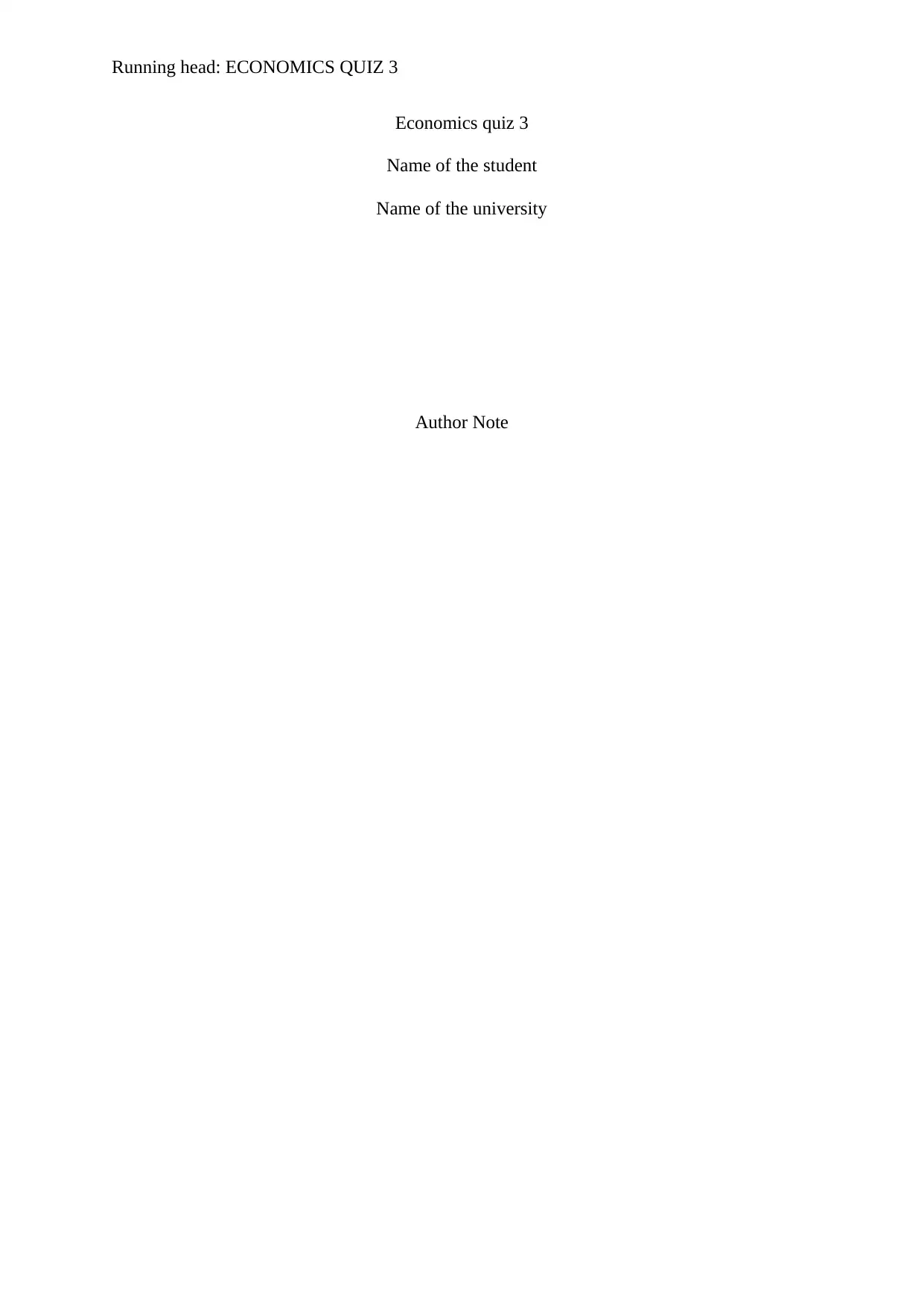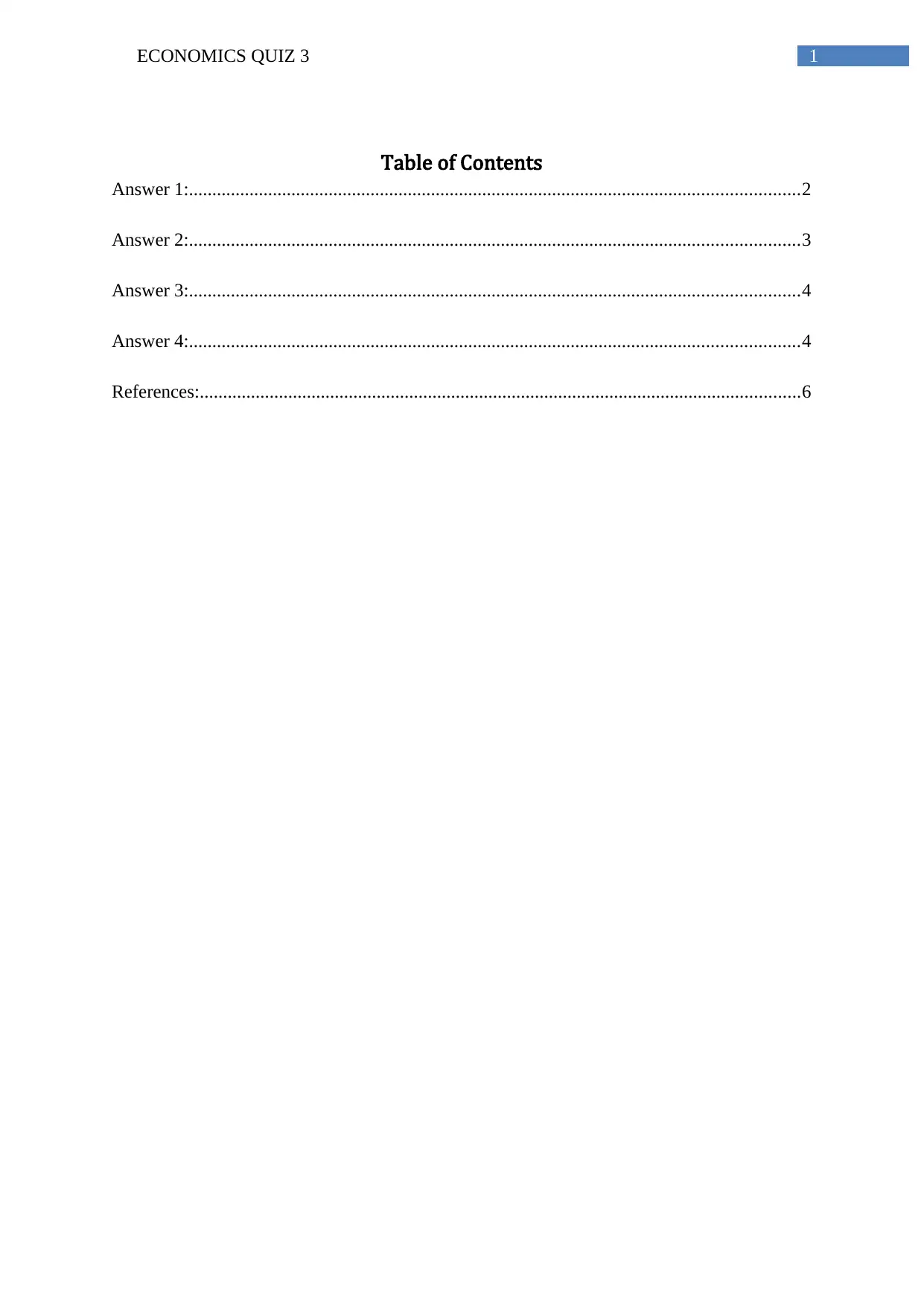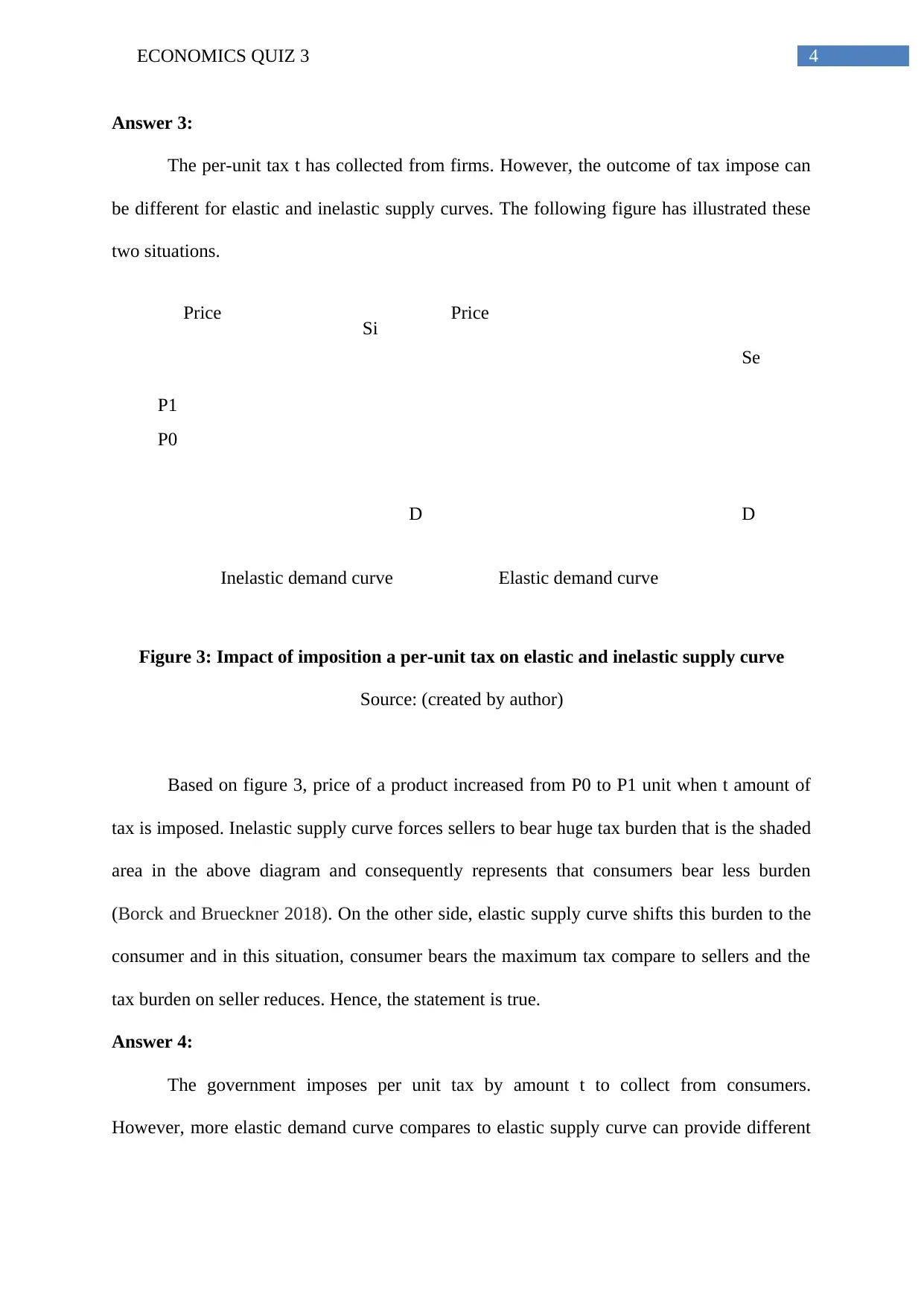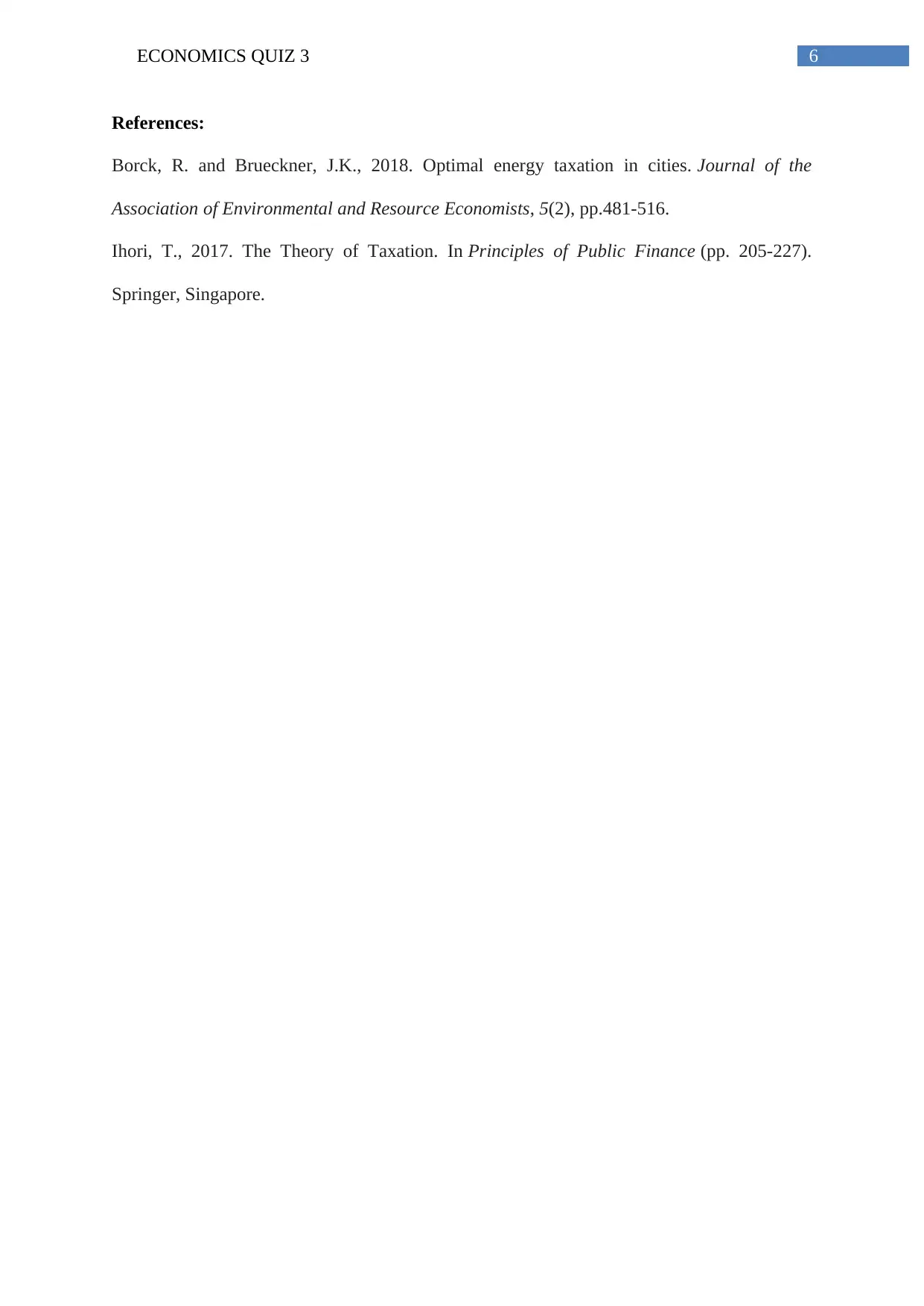Economics Quiz 3: Analyzing Tax Impact on Economic Models
VerifiedAdded on 2021/06/15
|7
|874
|42
Homework Assignment
AI Summary
This economics quiz addresses the effects of per-unit taxes on market dynamics, including the concepts of elasticity, deadweight loss, and tax burden distribution. The quiz examines how per-unit taxes shift supply and demand curves, impacting prices and quantities in both elastic and inelastic demand scenarios. The solutions analyze the consequences of these taxes on consumers and producers, differentiating between scenarios where the demand curve is more or less elastic than the supply curve. Figures are included to visually represent the impact of taxes, illustrating deadweight loss, consumer and producer burdens, and shifts in supply and demand curves. The analysis considers different elasticity scenarios and their implications for tax incidence and market outcomes, providing a comprehensive understanding of how per-unit taxes affect economic models. The quiz also explores how governments use per-unit taxes to influence consumer behavior, such as in the case of taxes on sugar consumption, and how these taxes can affect market equilibrium and the overall economic welfare.
1 out of 7












![[object Object]](/_next/static/media/star-bottom.7253800d.svg)